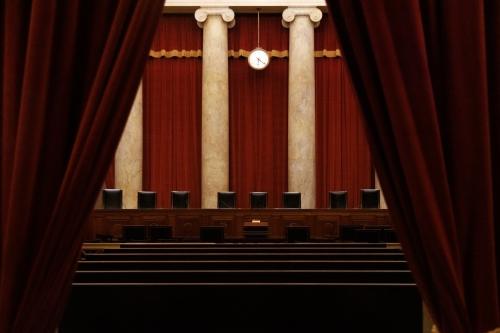The below was featured in a Zócalo Public Square forum on whether or not California would be better off without ballot initiatives.
Critics of California’s governance are legion. Many of them reserve special ire for the institution of direct democracy. Last April, The Economist went as far as to blame the initiative process for everything from the state’s budget woes to its failing schools and polarized public life.
But we should be skeptical of any all-purpose explanation, particularly one that rests on an institution that’s been around for 100 years and is common to many places, including about half of all U.S. states. The other half of U.S. states have no initiative process. Neither does the federal government. But they, too, are hardly immune to fiscal or political dysfunction.
My research on California cities and counties suggests that direct democracy deserves a place in state policymaking. At the local level, voters use the initiative to address practical and substantive policy concerns—such as urban growth boundaries and redistricting—that elected officials might otherwise neglect.
Local initiatives are also used sparingly. Between 1990 and 2000, the average city had just one initiative petition circulated for signatures, and the average county had three. Even among more frequent users (like San Francisco), there is no evidence of “ballot fatigue” or participation dropping with the number of measures to decide. In fact, elections with initiatives draw higher turnout.
There is also little evidence of a local “initiative industrial complex.” When I separated pro-growth from anti-growth measures (a rough proxy for funding levels), I did not detect any difference in passage rates or likelihood of becoming law. At least at the local level, shoe leather seems to beat money in politics.
All of this may reflect a more collaborative approach toward local governance generally. For example, local initiative backers often drop their petitions when legislators take up the issue. The state once had a similar indirect initiative but repealed it. As reformers contemplate improvements to California’s direct democracy, they should think locally.



Commentary
Op-edInitiatives Aren’t as Bad as You Think
October 4, 2011